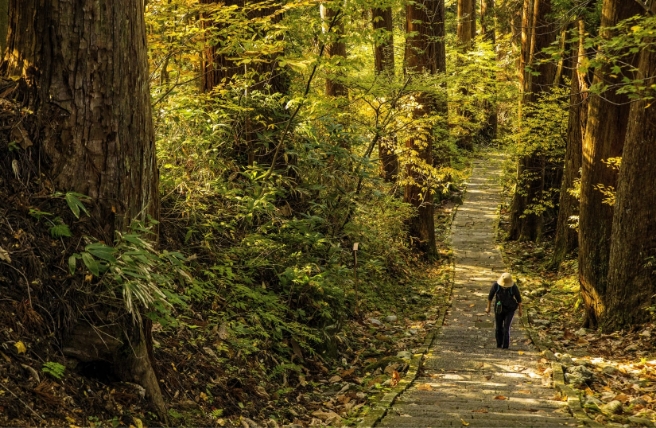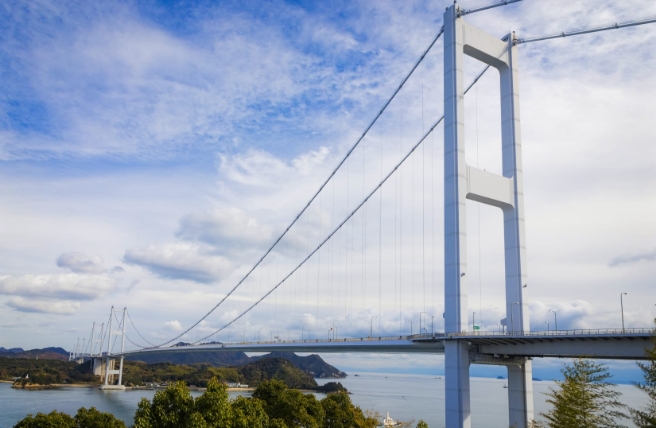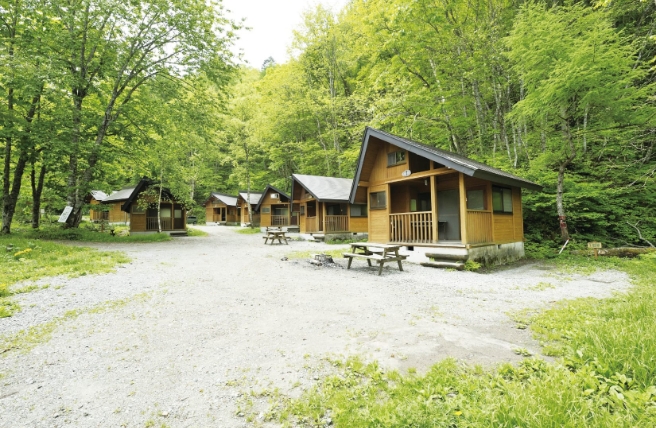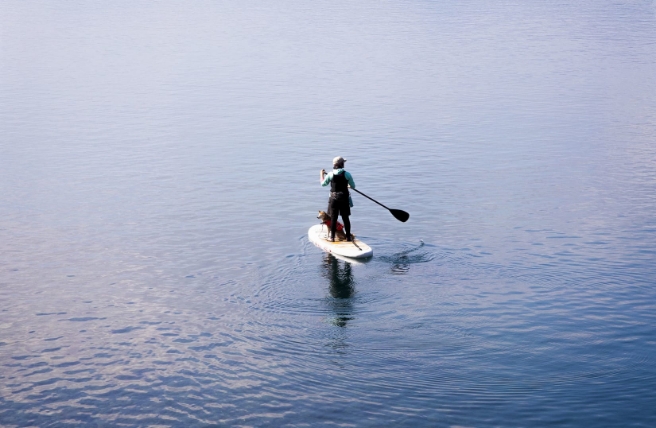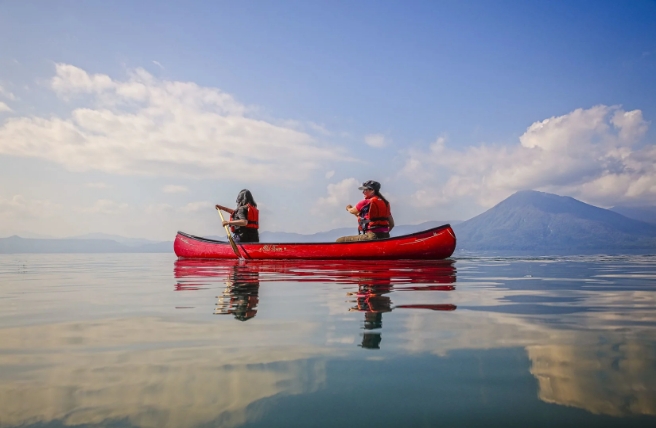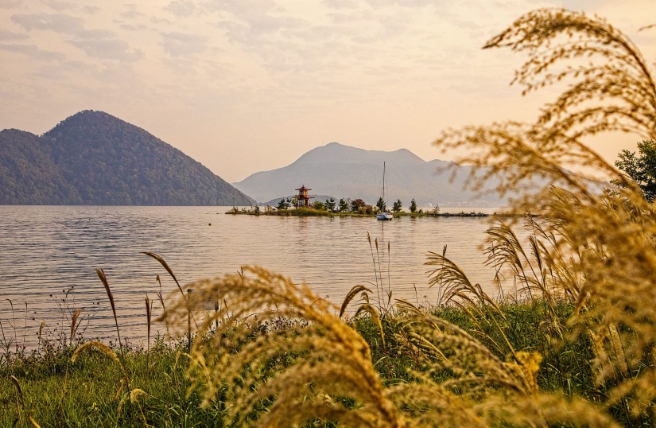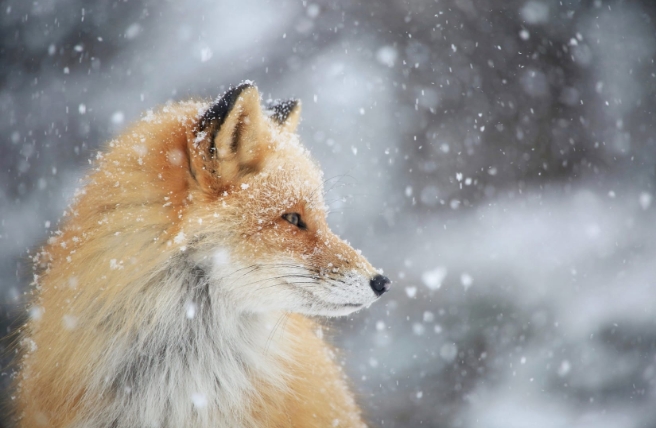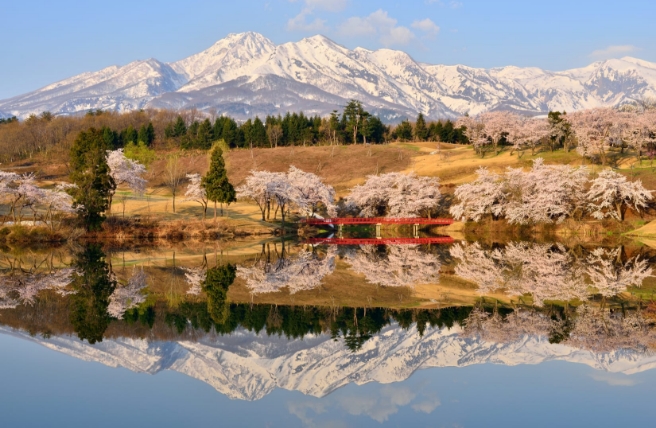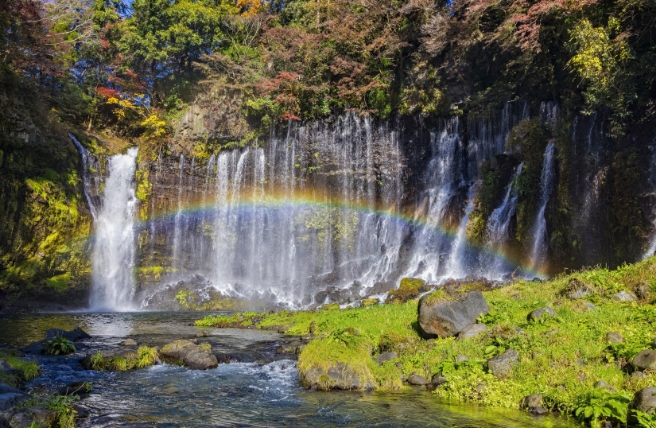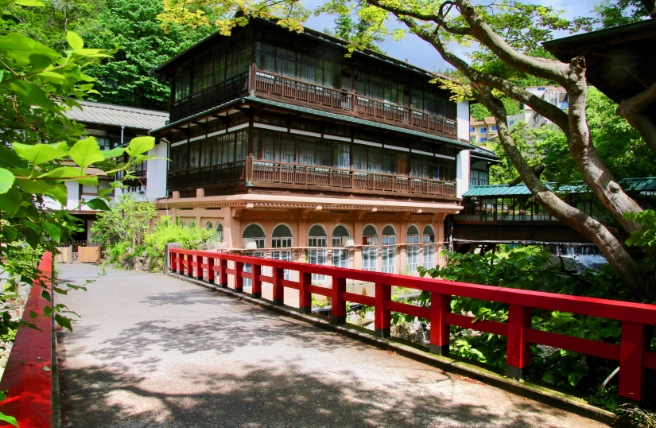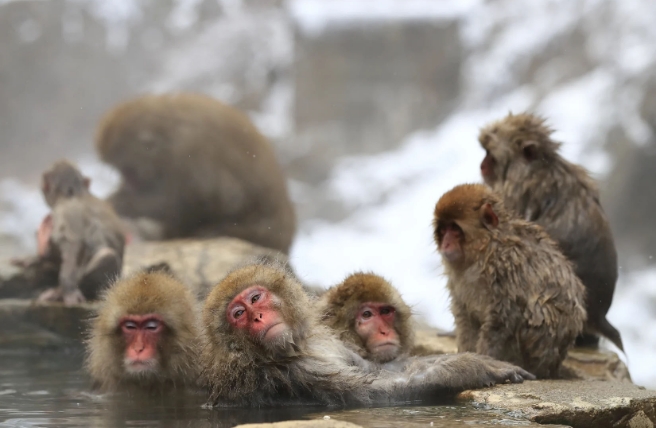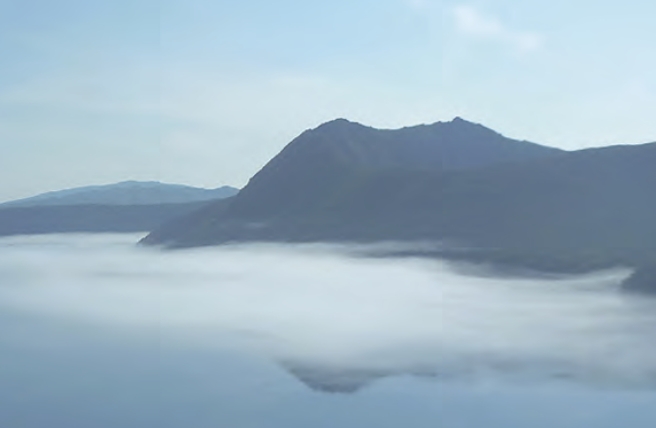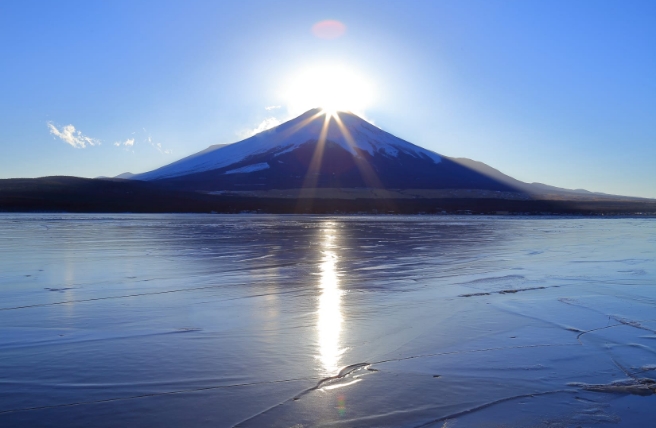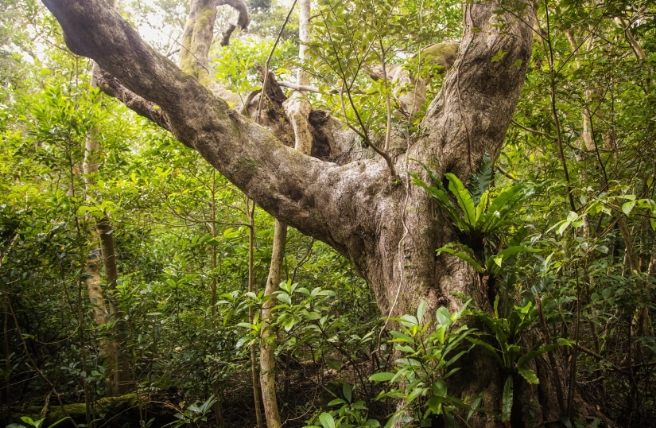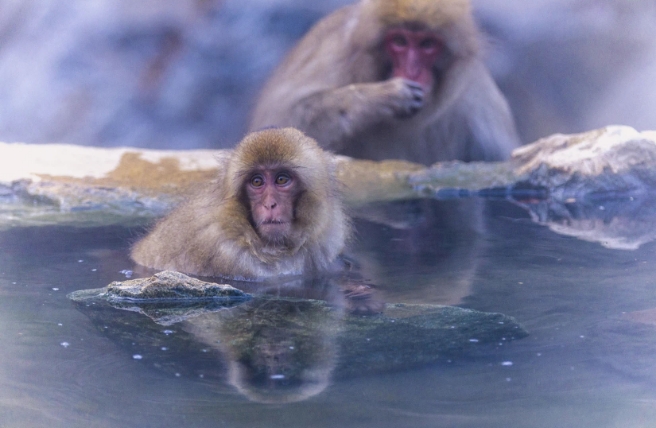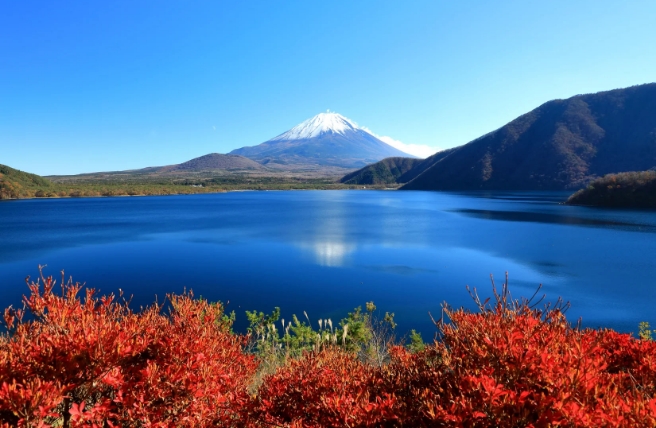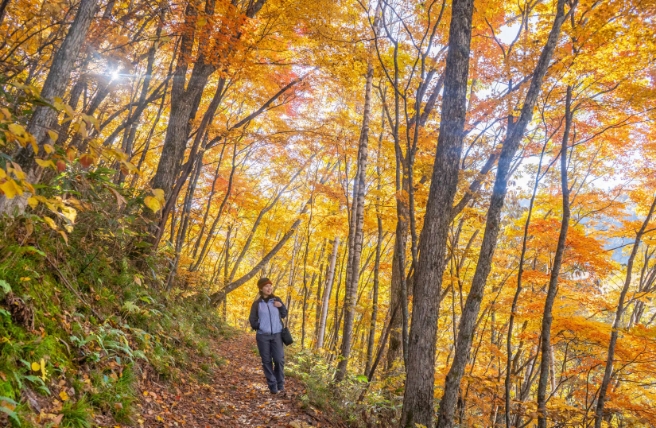Coral reefs in Iriomote-Ishigaki National Park are disappearing at an alarming rate. In 2006, fishers, farmers, tourism firms, scientists, the government, and others joined forces to launch the Sekisei Lagoon Nature Restoration Committee, which works to preserve these beautiful and biodiverse natural wonders.
Coral reefs are an essential ecosystem
Coral reefs are one of the most diverse and valuable ecosystems in the world, and are essential to the survival of an astounding range of marine life. Coral reefs are home to more species per unit area than any other marine environment. About a quarter of all sea creatures on the planet are dependent on coral reefs for food and shelter, including crabs, clams, sponges, oysters, and an incredible variety of fish. People around the world also rely on coral reefs for food, livelihood, and protection from natural disasters. Some existing coral reefs started growing over 50 million years ago. but recently a combination of threats such as climate change and pollution are causing coral to bleach and vanish at unprecedented rates.
Coral reefs in Iriomote-Ishigaki National Park
The reefs around Japan are the northernmost coral reefs in the Pacific Ocean. The lagoon provides habitat for over 360 species of coral and attracts a variety of marine life, including the reef manta ray and endangered species of sea turtles such as green turtles, loggerheads, and hawksbill turtles. The coral reefs in Iriomote-Ishigaki also have close symbiotic relationships to nearby mangroves and wetlands that serve as important nursery grounds for a variety of fish.
The people of the Iriomote and Ishigaki islands have strong ties with the coral reefs and depend on them for food, building material, coastal protection, and income from tourism. In places like Taketomi Island and Ishigaki’s Shiraho Village, coral has been an indispensable part of daily life for centuries. Walls, pillars, stone pavements, wells, and tools are made with coral, and it plays a role in traditional rituals and festivals. The reefs provide coastal protection during earthquakes and storm surges. Giant clams, button snails, octopuses, sea bream, and other varieties of fish found in the park’s coral reefs are an important source of food for the entire community.
Coral reefs are under threat
Coral have been dying in alarming numbers in recent times, meaning that these precious ecosystems could completely disappear in the near future.
Although coral may look like colorful plants, they are actually tiny, soft-bodied animals called polyps that are related to jellyfish and sea anemones. They grow interconnected with one another, using ions in the seawater to build exoskeletons.
Climate change poses an immense threat to coral. They get their distinctive bright colors from single-celled algae that live inside them. Warmer water temperatures and acidification, which occurs when oceans absorb large amounts of carbon dioxide, stress coral populations. This causes them to expel the algae living in their tissues and change from vibrant colors to chalk white in a phenomenon called coral bleaching. Bleached coral die if temperatures remain high, triggering a disastrous domino effect: the entire reef ecosystem collapses, endangering and even killing the marine life that depends on it. There have been several mass bleaching events in Sekisei Lagoon in recent years.
Red soil runoff also thwarts coral growth in Iriomote-Ishigaki. Red soil and sediment from construction sites and farmland flow into the reefs during rainfall, causing the water to turn cloudy red and smothering the coral. These conditions are believed to be a result of soil erosion due to poor land management.
In the 1980s, an explosive increase in the number of coral-eating crown-of-thorns starfish caused extensive damage to coral across the Iriomote-Ishigaki area. Human intervention helped save the reefs from these spiky, predatory starfish, but researchers say that another population outbreak is possible if their populations are not closely monitored and controlled.
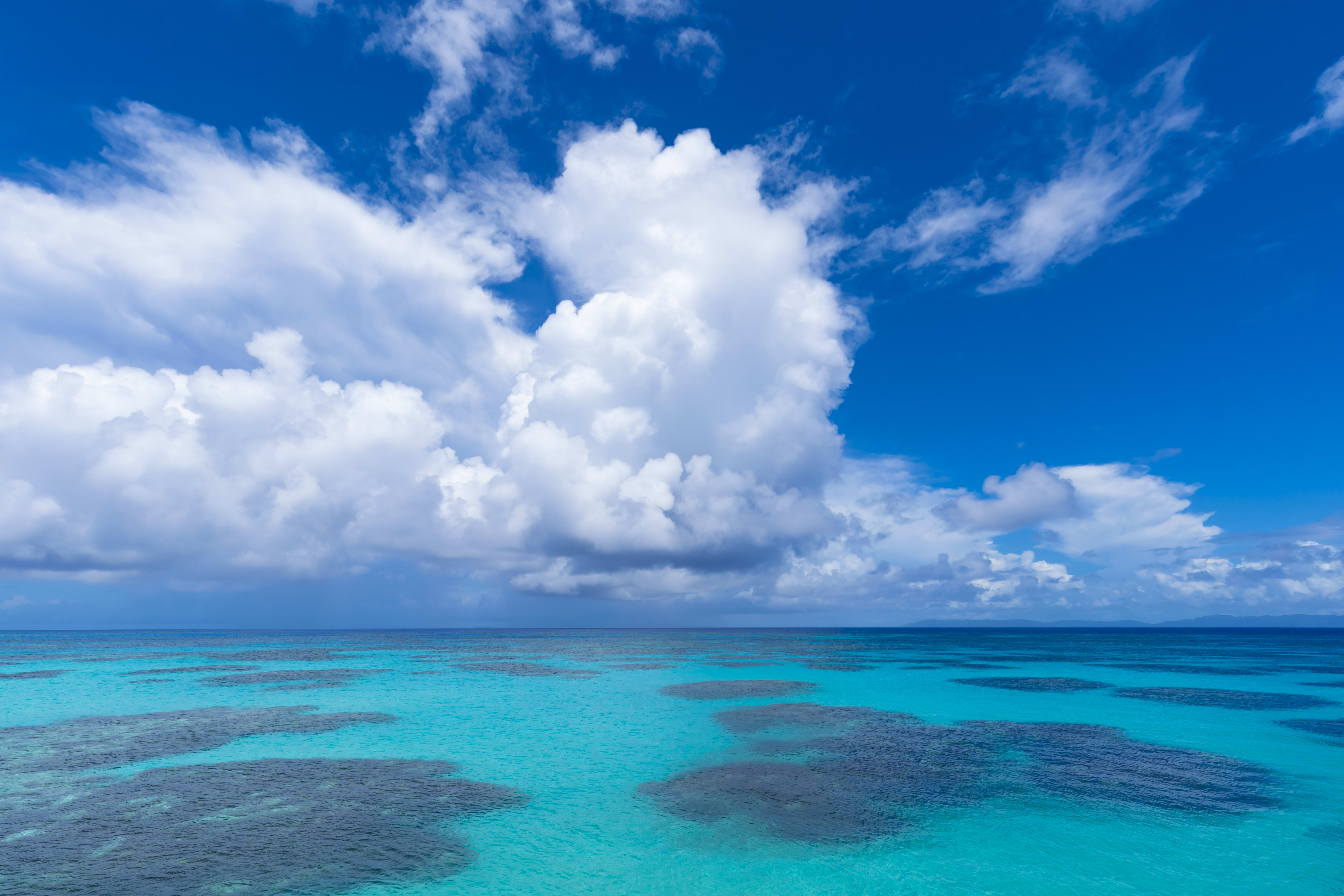
Efforts in Iriomote-Ishigaki to save coral
Communities in Iriomote-Ishigaki National Park understand that losing their precious coral reefs will have catastrophic consequences for both marine and human life. To tackle this situation, fishers, farmers, tourism firms, scientists, the government, and others formed the Sekisei Lagoon Nature Restoration Committee to restore and preserve these fragile ecosystems and ensuring their survival for generations to come.
From fishers to coral farmers
Fishers rely on coral reefs for their livelihood. The destruction of coral reefs means that their catches have been plummeting. Many fishers in the region are reverting to traditional fishing tools and techniques to minimize damage to coral. Ishihimi is a sustainable alternative to modern fishing that involves piling up rocks on the shore or shallow areas and using tides to catch fish. Cracks and crevices between the rocks create habitats for a variety of marine life, enhancing biodiversity in the area.
Fishing cooperatives around Iriomote-Ishigaki are also working together to cultivate coral. Coral farming centers collect coral eggs and larva, and grow them in tanks. They carefully tend to the coral until it matures, and then return it to the sea. This process can be compared to planting trees in order to restore a damaged forest.
Groups such as the Yaeyama Fisheries Cooperative are setting up community-based marine protected areas. This helps conserve coral reefs by raising awareness about threats to these ecosystems, maintaining marine diversity, and prohibiting destructive fishing practices.
Inspiring the next generation of coral conservationists
Communities in Iriomote-Ishigaki are engaging and educating children so that the next generation will continue to conserve coral reefs. The Ministry of the Environment and nonprofit organizations are working to develop and revise school curriculums with a greater focus on pressing environmental issues. Waku Waku Coral Ishigaki is one organization that conducts interactive workshops, lectures, and snorkeling excursions that teach children the importance of preserving coral from an early age. Students are also involved in a variety of community-based conservation activities like beach clean-ups and building ishihimi.

Diving for change
Coral reef excursions are a major source of income for people in Iriomote-Ishigaki’s tourism industry. Dive operators are playing an important role in making tourism more sustainable, raising awareness about threats to coral reefs, and ensuring that visitors do not damage or remove coral. They follow ecotourism guidelines designed to foster access to the area’s natural resources without disturbing them.
Many divers actively monitor the state of the reefs and remove species like crown-of-thorns starfish that pose a major threat to coral. The captured starfish are used as fertilizer and compost in local farms.
Growing greens to restore color to the reefs
Farmers are making efforts to prevent red soil runoff by planting “green belts” around bare land and downhill slopes. The belts act as a buffer and usually consist of vetiver, sunflowers, or a plant called getto, a species of ginger. Getto leaves have a distinctive scent and are used to make tea or wrap rice cakes. A women’s group in Ishigaki has developed a room spray that uses getto leaves as a base ingredient called Sarmin, and part of the proceeds go towards coral conservation efforts.
Looking to the future
Working together, we may be able to reinvigorate Iriomote-Ishigaki National Park’s coral reefs, so that sea creatures, local communities, and tourists can continue to enjoy their beauty for generations to come.
Written by Sameeha Anwar
